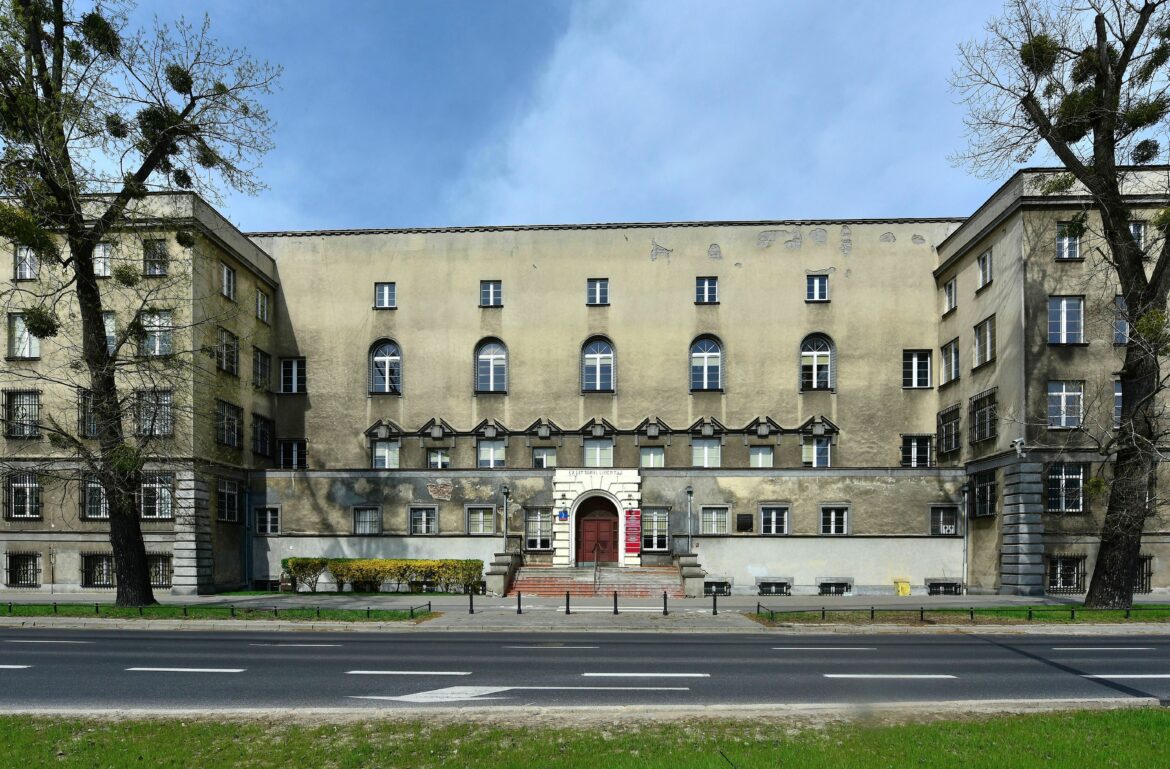It was established in the 1930s in Warsaw on Grójecka Street. This large market soon became popular with the residents of Ochota. It mainly supplied fruit and vegetables, but older Warsaw residents remembered that Zieleniak meant more than just an area for everyday shopping.
During the 1944 Warsaw Uprising, dreadful scenes took place at Zieleniak, a spacious cobbled square surrounded by a high red brick wall. It was here that the Russian Liberation People’s Army (RONA), commanded by SS-Brugadenführer Mieczyslaw Kaminski, known as the ‘executioner of Ochota’, carried out an extermination of the population of the district. The RONA, often confused with the ROA (Russian Liberation Army), was a Russian collaborationist formation in the service of Nazi Germany.
At 10am on 4 August, the RONA SS brigade regiment entered Ochota. The staff deployed in the Free University building. The main task of this formation was to fight the insurgents, who were then undertaking the defence of the “Kaliska Redoubt”. However, on the very first day, the RONA-men started raping women and robbing civilians in the district. “There were blows or shots from soldiers, impatient with taking off a watch too slowly, or pulling a ring off a finger; they were ripping earrings off women’s ears without unfastening them – by tearing the ear off”, reported one resident of the district.
The murders were accompanied by the rallying of the population to a designated place, for which Zieleniak was chosen, where a transit camp was set up. It operated from 4 to 20 August. It was also a staging point on the way to the Durchgangslager 121st camp, which was also a transit camp in Pruszków. The market administration house was occupied by the staff and guards were set up at the gates in place of the gatekeepers.
Many women who ended up in the Zieleniak camp were repeatedly raped and often murdered. One of them, who survived the camp, recalled: “I was there with my mother and two brothers. At night, I would lie down on the bare stones, and they would just lay on me in order to cover me from the loitering men in the square”. The conditions that prevailed in the camp were very difficult, not only because of the cruelty of the degenerate and constantly drunken RONA- men, but also because of the lack of sanitary facilities.
Around 60,000 people passed through Zieleniak during the Warsaw Uprising and around 1,000 died. The action was part of the German plan to pacify Warsaw.
Today, the events of Zieleniak are a symbol of the sexual violence suffered by Polish women during the German suppression of the Warsaw Uprising.]





